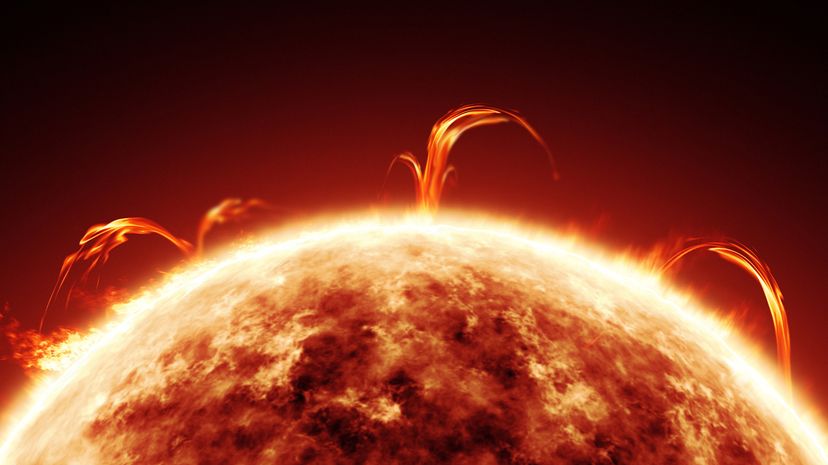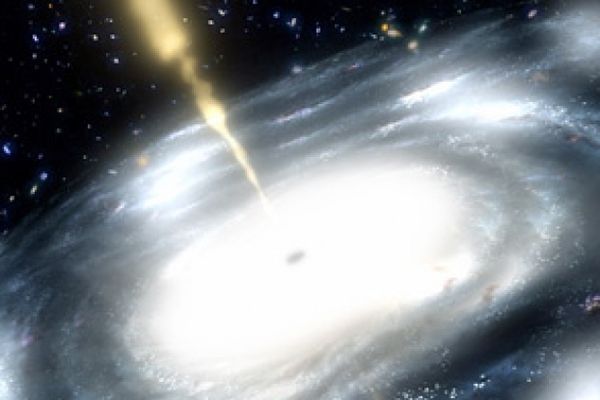Although there's still evidence of solar material erupting frequently on the sun, none have reached the magnitude of the 1859 event. But what if one did?
We have some idea based on lesser solar flare explosions that produced clouds of charged particles that have crashed into Earth's magnetic field, causing the field to waver in what researchers call a "geomagnetic storm." [source: NOAA]
In February 2011, for example, a solar storm interrupted GPS signals for several minutes, which could potentially have spelled disaster for commercial airplanes or ships relying on GPS guidance systems to land or dock during that time. [source: NASA]
Over a decade afterward, on April 21, 2023, a powerful solar event sent a fast-moving burst of plasma toward Earth, causing a severe geomagnetic storm two days later.
This storm disrupted power, communication systems and satellite functions. It also created brilliant auroras. Monitored by NOAA's DSCOVR spacecraft, this was the third major storm of its kind in the current solar cycle, following similar events in 2021 and earlier in 2023.
Tech Interference
If a "Carrington-sized" solar flare were to hit Earth today, it would emit X-rays and ultraviolet light, which would reach Earth's atmosphere and interfere with electronics, as well as radio and satellite signals.
It would also cause a solar radiation storm, which could potentially be deadly to astronauts not fully equipped with protective gear and unprotected by Earth's atmosphere.
Finally, a cloud of charged particles (that coronal mass ejection we mentioned earlier) would bump against Earth's magnetic field. Such an event would mean outages that would decommission everything from cell phones and computers to automobiles and airplanes. Cities would lose power for weeks and, potentially, months — and many activities necessary to daily life would no longer be possible.
Take a trip to refuel at a gas station, for example. Simply using a credit or debit card to pay for a few gallons of gas requires a satellite transaction, and creating one would no longer be possible.
The potential consequences of a large-scale solar flare hitting Earth have scientists scrambling to develop an early warning system and new solar flare detection methods, much like their predecessors once learned to forecast deadly tornadoes and other weather events. Someday, we might just have solar flare warnings alongside hurricane warnings and thunderstorm watches.


